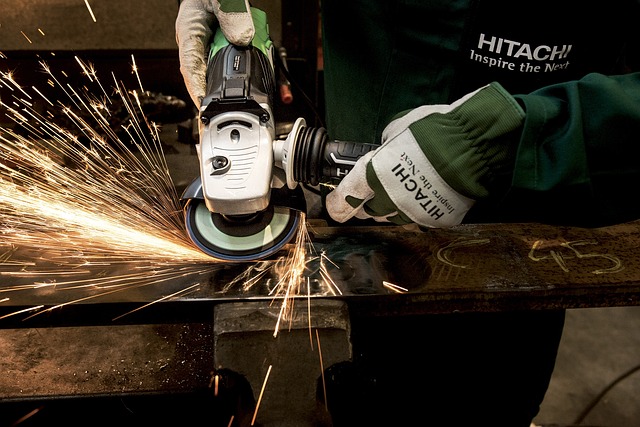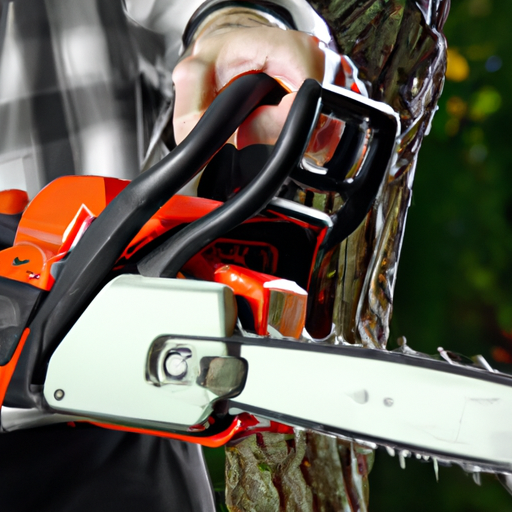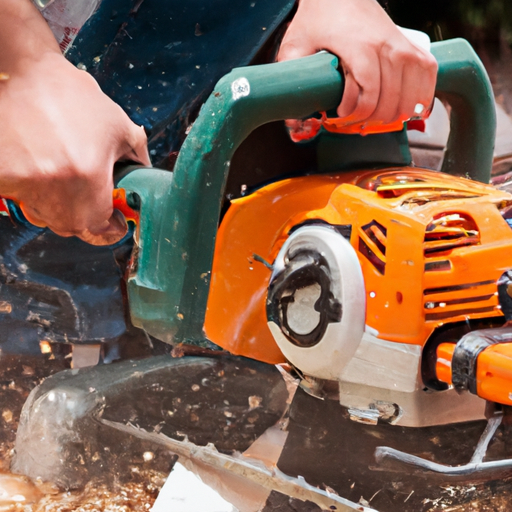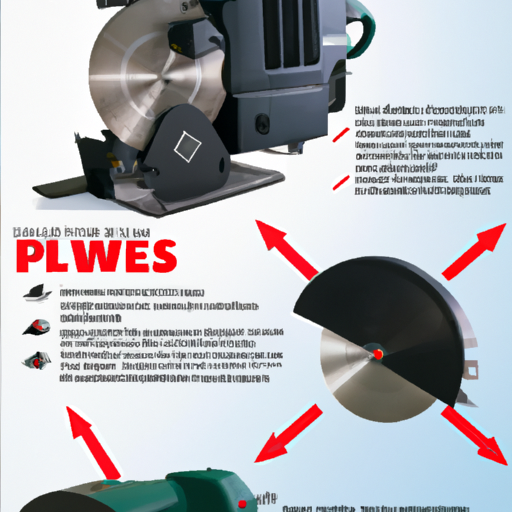Have you ever used a battery-powered saw? It can be a convenient tool for various projects, but it’s important to prioritize safety when using it. In this article, we’ll share some useful tips to ensure your safety while using battery-powered saws. So, whether you’re a seasoned DIY enthusiast or a beginner, keep reading to learn how to protect yourself and others around you when working with this tool.
When operating a battery-powered saw, it’s crucial to wear the appropriate safety gear, such as safety goggles, gloves, and ear protection. This will protect your eyes, hands, and ears from any potential harm. Additionally, make sure to inspect the saw before each use. Check for any loose parts, damage, or signs of wear and tear. If you notice any issues, refrain from using the saw and have it repaired or replaced.
Another important aspect of using battery-powered saws safely is ensuring a stable work surface. Make sure that the surface is clear of any debris or potential tripping hazards. It’s also advisable to secure your workpiece properly using clamps or a vice to prevent it from moving during the cutting process. This will minimize the risk of accidents and ensure more precise cuts.
Lastly, it’s crucial to familiarize yourself with the tool’s safety features and follow the manufacturer’s instructions. This includes understanding how to properly hold and control the saw, as well as knowing how to safely engage the blade and operate the power switch. By following these guidelines, you can use a battery-powered saw safely and efficiently.
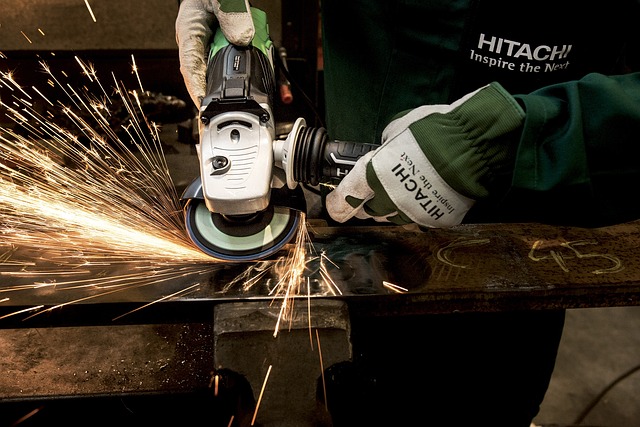
Choosing the Right Battery-Powered Saw
When it comes to choosing the right battery-powered saw, there are several factors that you need to consider. The type of work you will be doing is one of the most important factors to consider. Different saws are designed for different types of work, whether it’s cutting through wood, metal, or other materials.
Another important factor is researching different brands and models. There are many different brands and models of battery-powered saws on the market, and it’s important to find one that is reliable and has good reviews. Reading reviews and ratings for each option can give you an idea of the performance and durability of the saw.
Inspecting the Saw before Use
Before using a battery-powered saw, it’s important to inspect it for any damage or wear. Check the saw for any cracks, loose screws, or other signs of damage. This is important because a damaged saw can pose a safety risk during operation.
Inspecting the battery is also crucial. Ensure that the battery is fully charged before using the saw. A fully charged battery will provide optimal performance and prevent unexpected battery failures during use.
Make sure to also check that the saw has the necessary safety features. Look for features such as a blade guard, a trigger safety lock, and a safety switch. These features are designed to protect you from accidental start-ups and blade exposure.
Preparing the Work Area
Properly preparing the work area is essential for a safe and efficient cutting experience. Clear the work area of any obstructions that could hinder your movement or cause accidents. Remove any flammable materials from the vicinity to prevent the risk of fire or damage.
Ensure that the work area has adequate lighting for visibility. Good lighting will allow you to clearly see the cutting line and any potential hazards. If necessary, use additional lighting tools to ensure optimal visibility.
Using the Saw Properly
Using a battery-powered saw properly is crucial for your safety and the effectiveness of the tool. Hold the saw with both hands for better control and stability. This will help you maintain balance and reduce the risk of accidents.
Start the saw on a stable and level surface to ensure proper operation. This will prevent the blade from getting stuck or causing unexpected movements.
Avoid applying excessive force or pushing down on the saw while cutting. Let the saw do the work and guide it through the material. Applying too much force can lead to kickback or other dangerous situations.
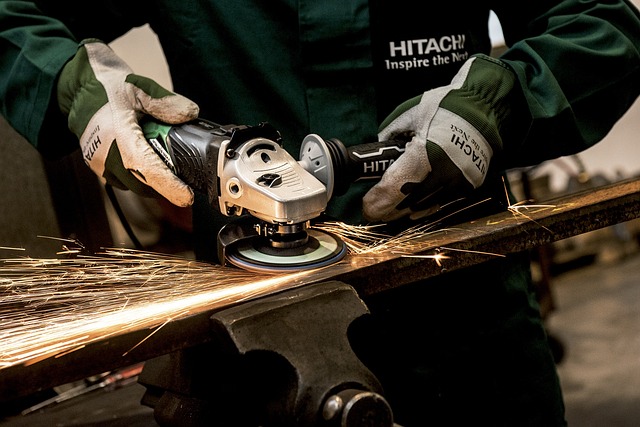
Wearing the Right Safety Gear
Wearing the right safety gear is essential when using a battery-powered saw. Safety goggles are a must-have to protect your eyes from flying debris. The saw’s blade can create fragments that can cause serious eye injuries.
In addition to safety goggles, it’s important to use ear protection to prevent hearing damage. Battery-powered saws can be quite loud, especially during prolonged use. Using ear protection, such as earplugs or earmuffs, will help protect your hearing.
Gloves are also an important part of your safety gear. They will protect your hands from debris and provide a better grip on the saw. Look for gloves that are specifically designed for use with power tools.
Maintaining a Safe Distance
Maintaining a safe distance is crucial for your safety and the safety of those around you. Keep bystanders and pets away from the work area to prevent accidents.
Maintain a safe distance from other individuals who are not involved in the cutting process. This will minimize the risk of injuries caused by accidental contact with the saw.
Ensure that there are no distractions in the work area that could cause accidents. Remove any unnecessary items or activities that may divert your attention from the saw.
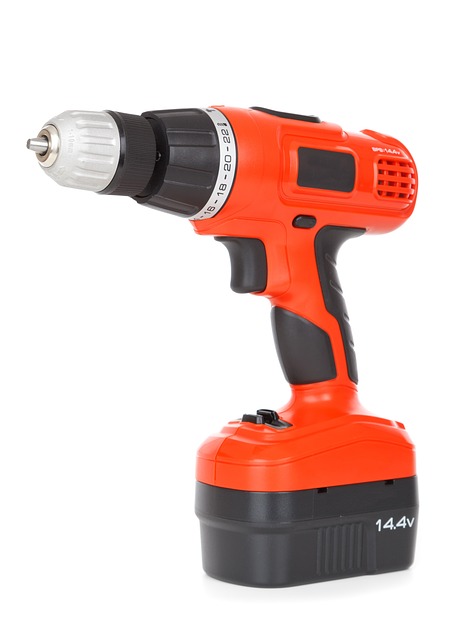
Handling Battery and Charging Safety
Properly handling the battery and ensuring its safety is important for the overall functionality of the saw and your own safety. Always use the appropriate charger for the battery to prevent damage to the battery or the charging system.
Avoid overcharging the battery. Overcharging can reduce the lifespan of the battery and may lead to overheating or other safety risks. Follow the manufacturer’s instructions on how long to charge the battery and stop charging once it reaches its recommended capacity.
When the battery is not in use, store it in a cool and dry place to prevent deterioration. Extreme temperatures can damage the battery and affect its performance. Always remove the battery from the saw when storing it for an extended period of time.
Proper Storage and Transport
Properly storing and transporting your battery-powered saw is essential for its longevity and your safety. Store the saw in a secure and locked location to prevent unauthorized access and accidents.
Keep the saw away from children and individuals who are not authorized to use it. Battery-powered saws are powerful tools that can cause serious injuries if not used properly.
When transporting the saw, use a carrying case or cover to protect it from potential damage. This will also help prevent accidental activation of the saw.

Regular Maintenance and Inspections
Regular maintenance and inspections are necessary to ensure the proper functioning of your battery-powered saw. After each use, clean the saw to remove any debris and prevent build-up. This will help maintain the saw’s performance and prevent damage.
Inspect the blade for any signs of damage or wear. A damaged blade can decrease cutting efficiency and pose a safety risk. Replace the blade if necessary to ensure optimal performance.
Regularly check the battery for any signs of deterioration, such as corrosion or leakage. If you notice any abnormalities, contact the manufacturer or a professional for assistance.
Conclusion
Using battery-powered saws can be a convenient and efficient way to cut through various materials. However, it’s important to prioritize safety while using these tools. By following these safety tips, you can minimize the risk of accidents and injuries. Remember to choose the right saw for your needs, inspect the saw and battery before use, prepare the work area properly, use the saw correctly, wear the right safety gear, maintain a safe distance, handle the battery and charging safely, store and transport the saw properly, and conduct regular maintenance and inspections. Stay safe and enjoy the benefits of using battery-powered saws.

